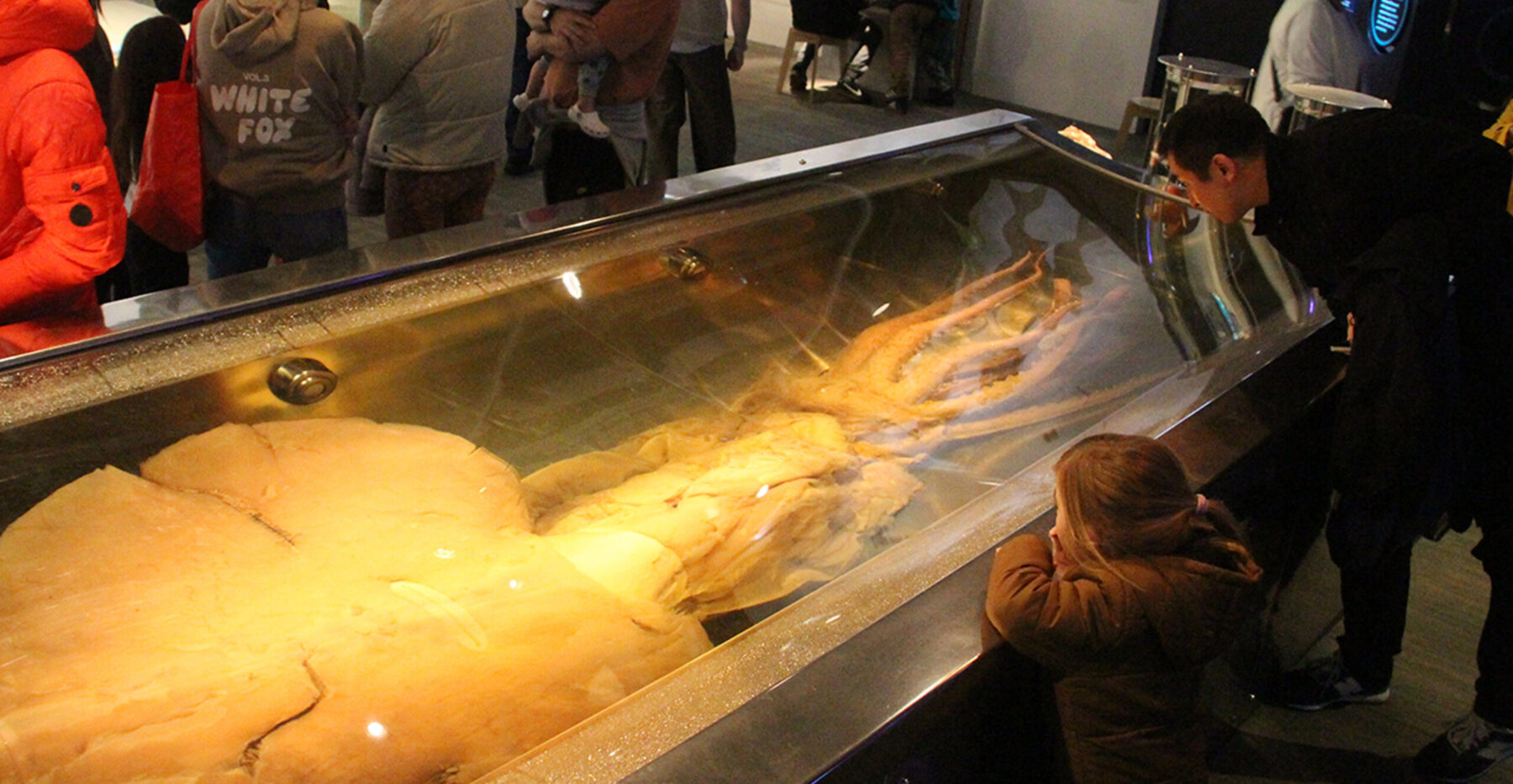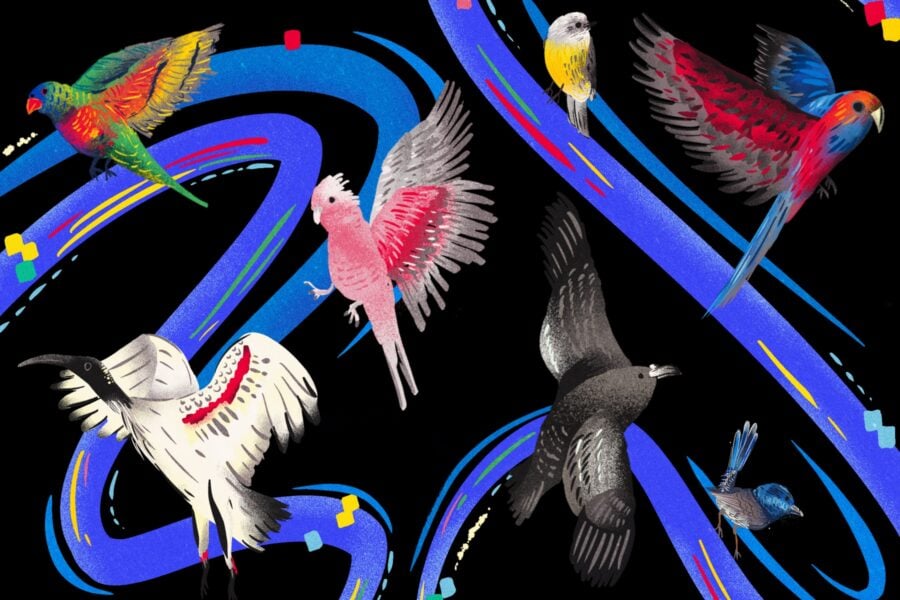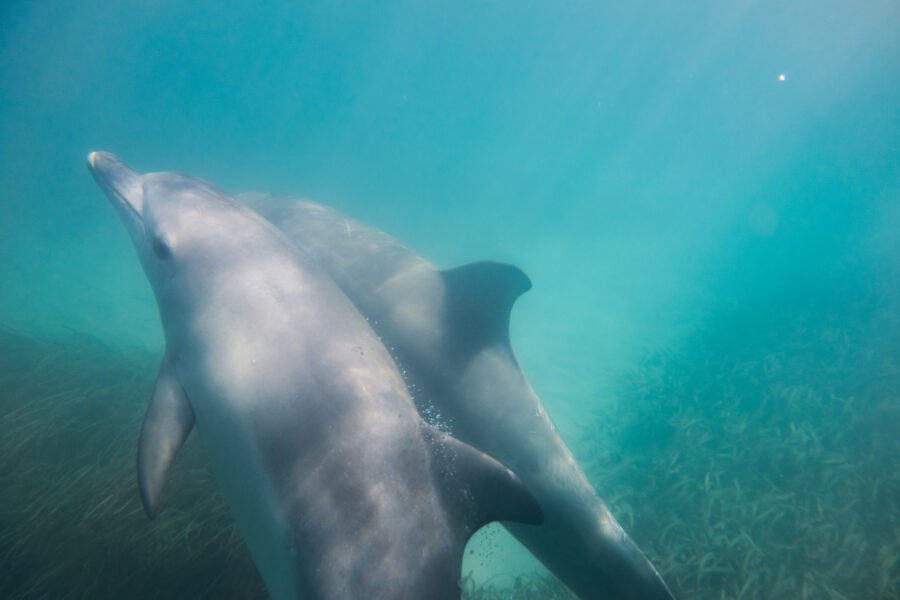The colossal squid (Mesonychoteuthis hamiltoni) was described by scientists in 1925, based only on two large arm crowns found in the stomach of a commercially hunted sperm whale.
One hundred years later there’s still much we don’t know about this species – including its diet, lifespan, and reproductive traits.
“These animals live in an enormous, remote, dark, and three-dimensional environment – and are probably avoiding us,” explains squid expert Dr Kat Bolstad. “Predators and scavengers, such as whales, fishes, and seabirds remain one of our best sources of information about the colossal squid.”
Bolstad is an Associate Professor of Environmental Science at Auckland University of Technology (AUT), and leader of the AUT Lab for Cephalopod Ecology and Systematics. She also regularly collaborates with the Museum of New Zealand Te Papa Tongarewa, in Wellington.
It is there, at Te Papa, where you’ll find the world’s only whole specimen of a colossal squid on public display.


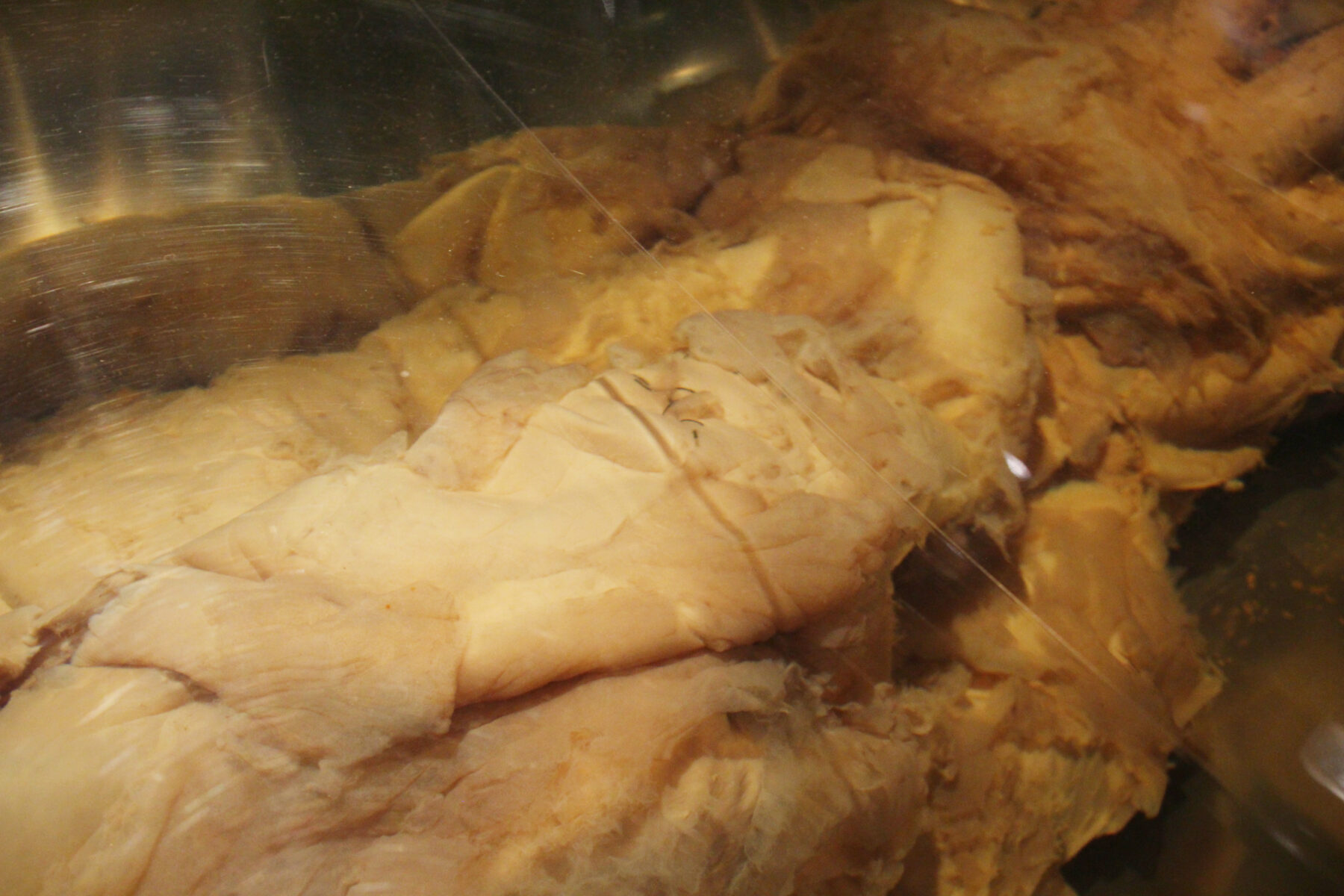
Taking centre stage within Te Papa’s Te Taiao | Nature exhibition, the squid sits preserved within a large tank, dominating the space. Nearby jars contain tentacles and even a beak of the species.
“I am biased, but I love the fact that the most popular exhibit at Te Papa is an invertebrate,” says Kerry Walton, Te Papa’s curator of invertebrates.
“This is one of nature’s most elusive creatures, so rarely seen that visitors to Te Papa are among the few in the world who get to stand face-to-face with a creature that most scientists only dream of seeing – it’s like winning the deep-sea lottery.”
This 4.2m long, 495kg specimen was found in 2007 in Antarctica’s Ross Sea by a team on board the fishing vessel San Aspiring.
Te Papa’s Kaihautū/ Māori Co-Leader Dr Arapata Hakiwai remembers when the squid first arrived at the museum in 2008.
“It wasn’t just a scientific marvel; it symbolised the wonder of nature and connected us to the mysterious world of the ocean,” he said. “There was something very special about being able to share that with our visitors.”
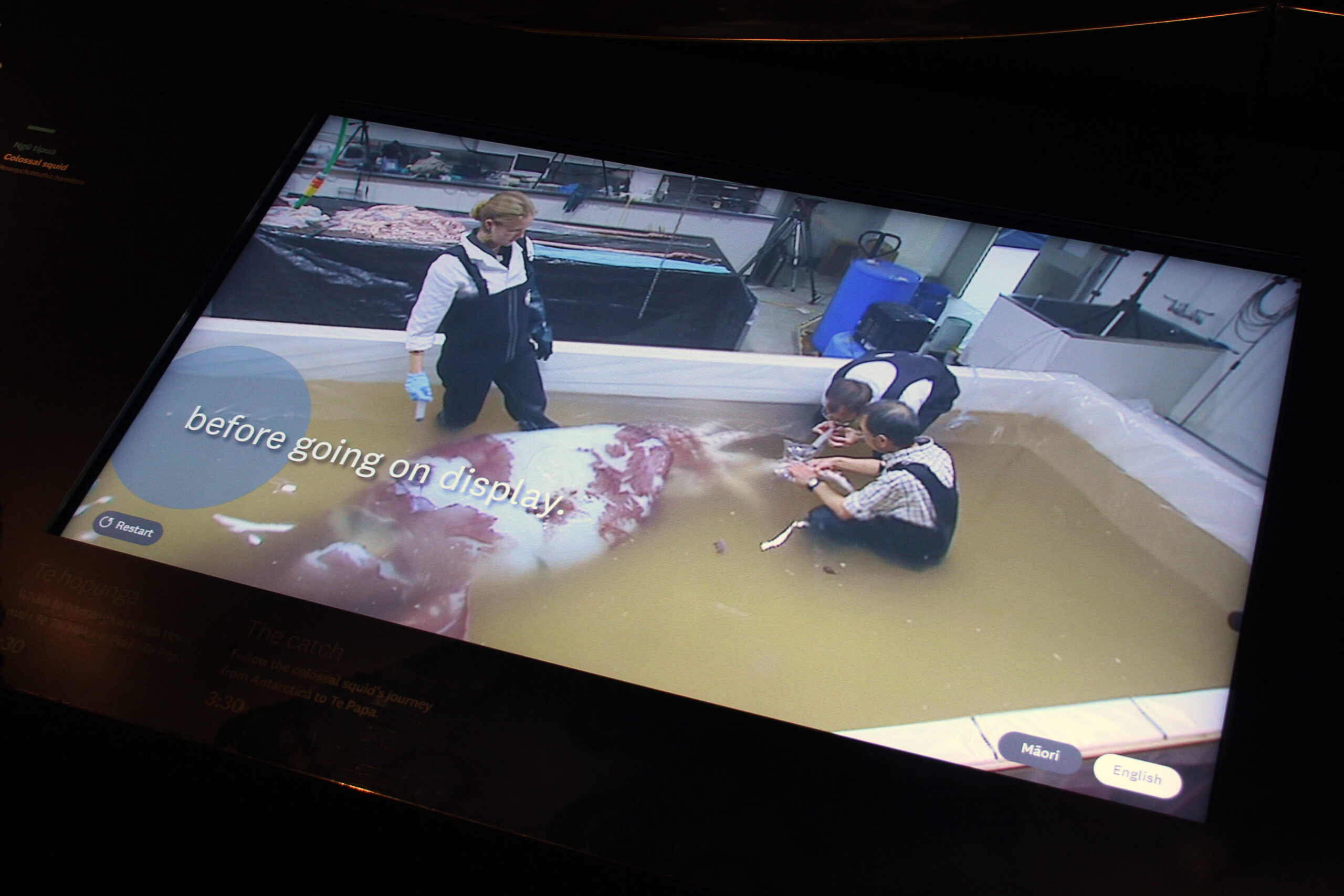
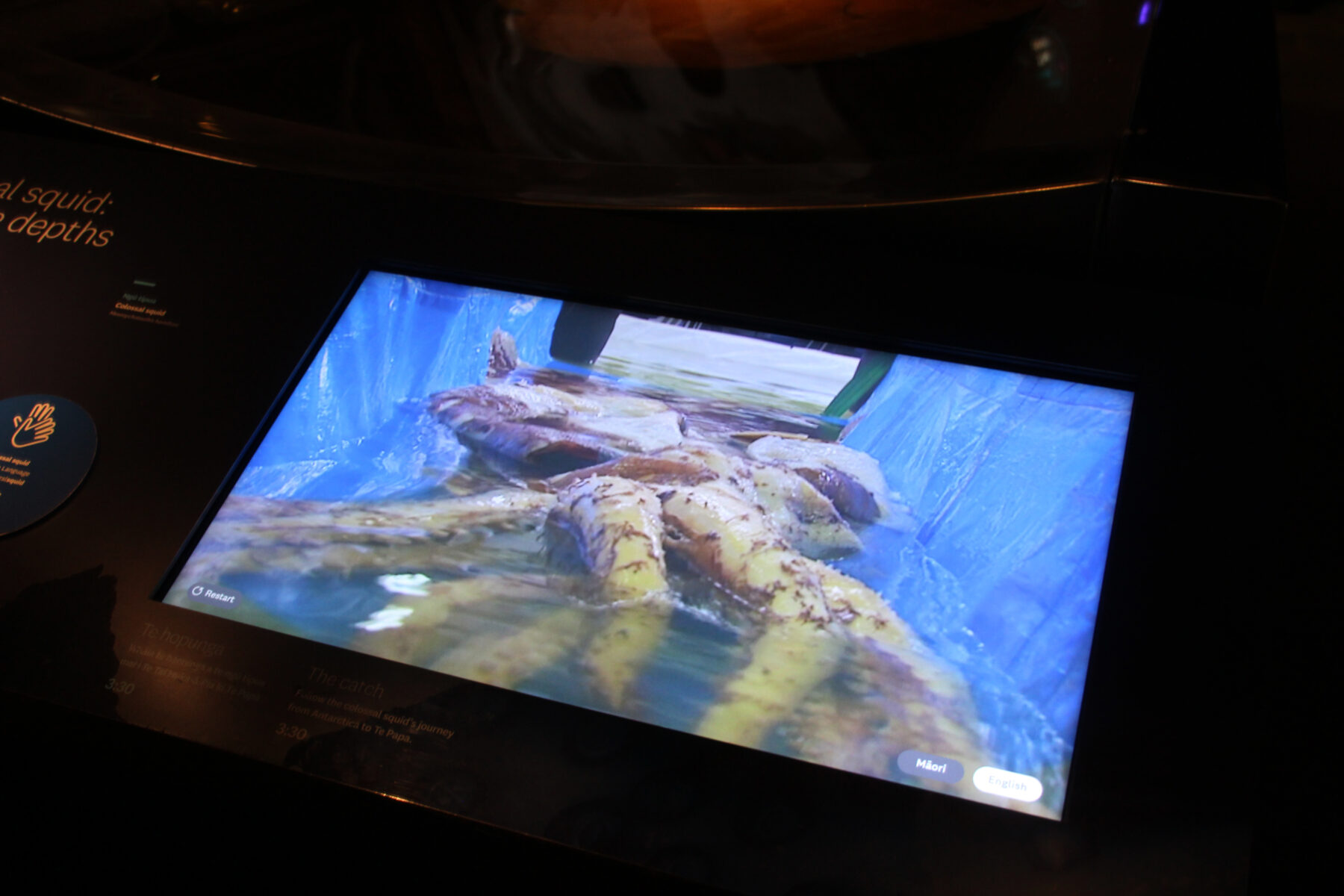
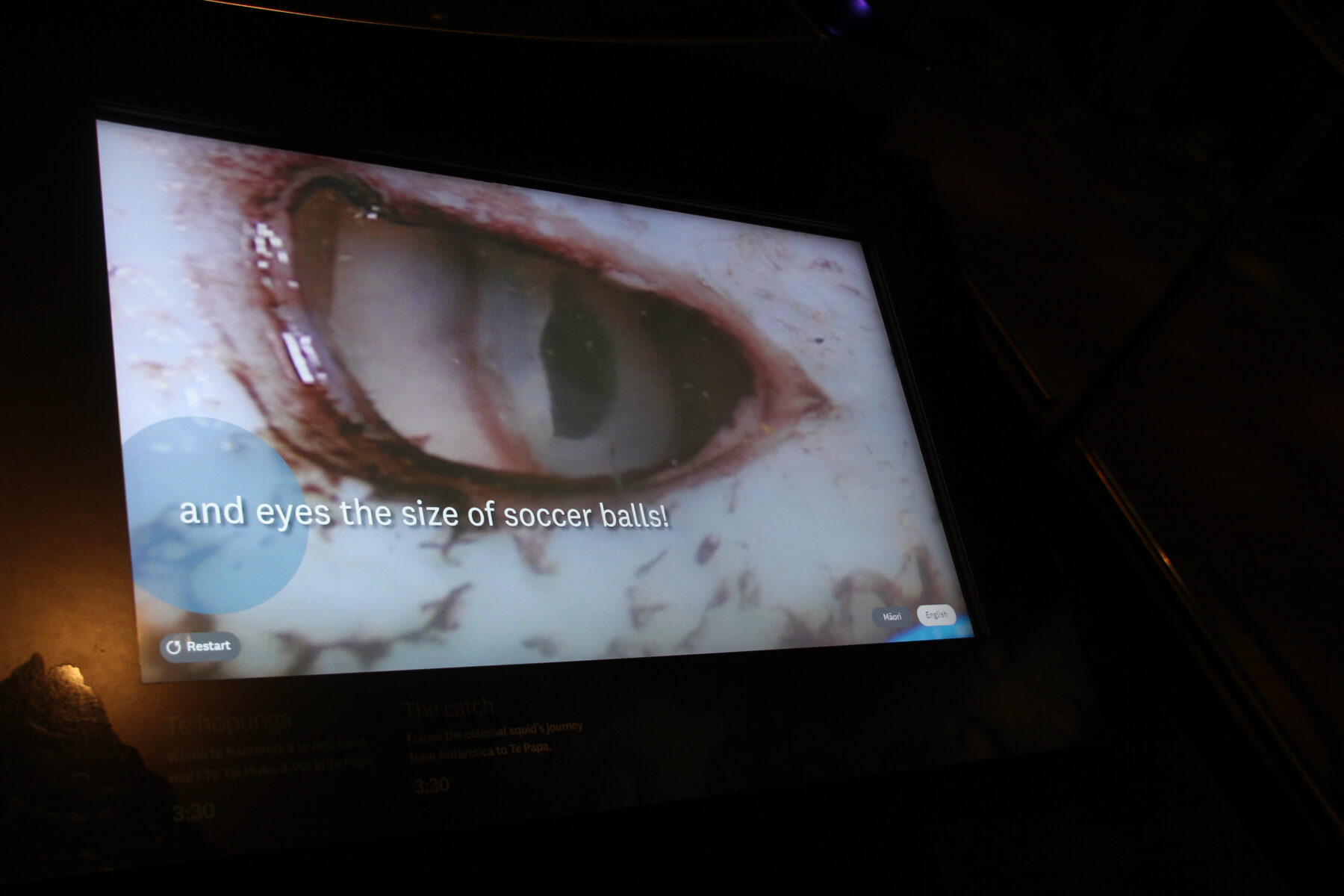
Over the years the squid’s popularity has only grown. Te Papa’s Tumu Whakarae/Chief Executive Ms Courtney Johnston says the squid has developed a cult following.
“It brings me joy [to see],” she says. “No matter how many times I walk past, I’m always blown away by how people of all ages react to the squid – they are completely captivated.
“There’s this special moment of awe, like they’ve stumbled upon something truly otherworldly, and that never gets old.”
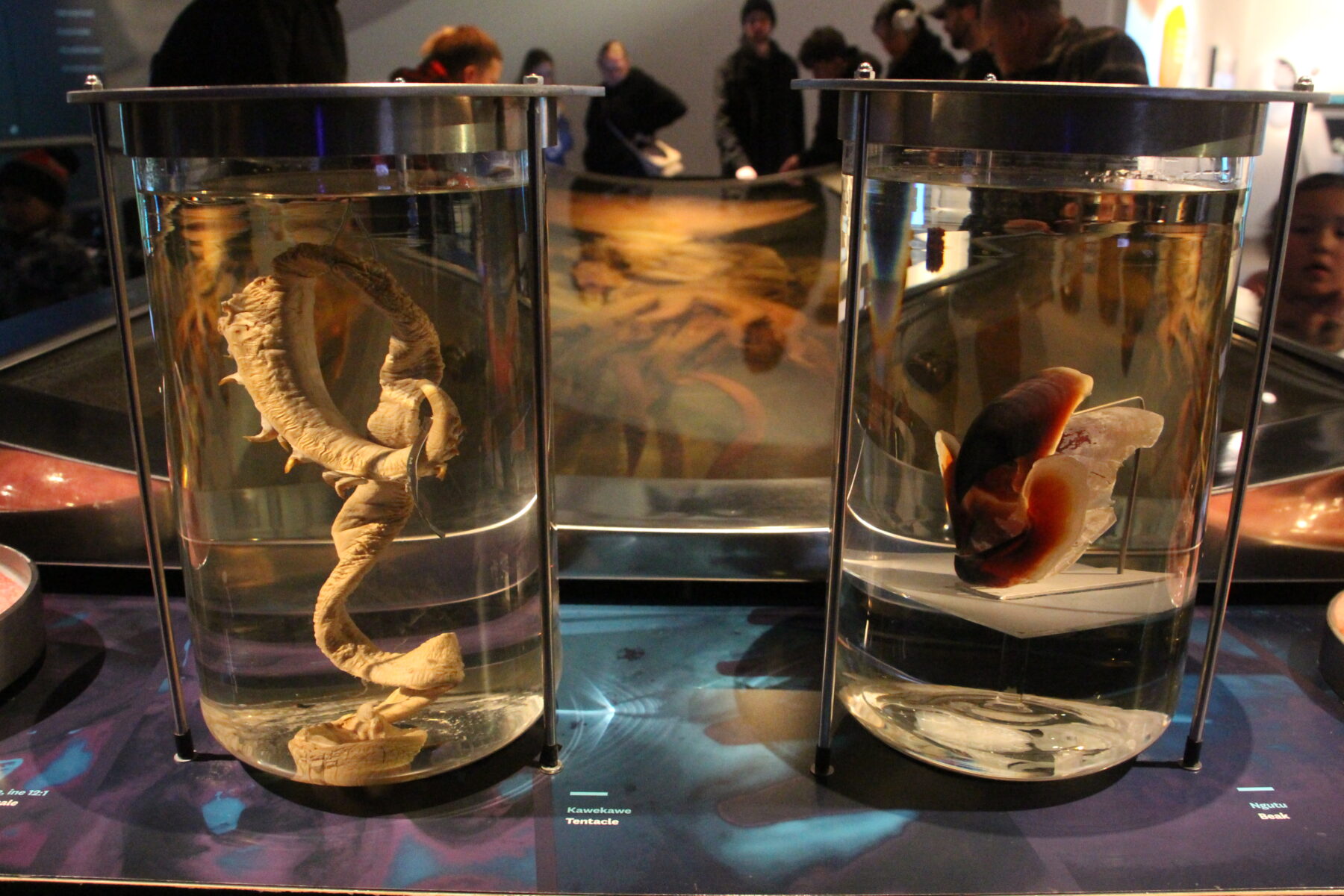
This year marks the centenary of the colossal squid being officially recognised by science. But also, in a serendipitous coincidence, video footage of the species in its natural habitat was captured for the very first time in March.
Filmed by the Schmidt Ocean Institute’s ROV SuBastian, the recording showed a baby colossal squid, just 30cm long, swimming in the water column at a depth of 600m near the South Sandwich Islands in the South Atlantic Ocean.
“This colossal squid looks like a delicate glass sculpture,” Kat commented at the time, “with fins of such fine musculature they are barely visible. It has shining iridescent eyes and graceful arms fanned out from the head.”
“It’s hard to overstate the importance of the deep sea,” Kat stressed. “It holds hundreds of thousands of undiscovered species, it is probably where life on Earth started, and it makes up 95 per cent of the available living space on our planet. It has animals more splendid and strange than our most creative science fiction imaginings.
“This first confirmed sighting of a [live] colossal squid inspires and reminds us how much we have left to learn.”
What we do know about the colossal squid
- A mature colossal squid can weigh up to 500kg.
- The species lives at depths of 1000m or more.
- It might form as much as 77 per cent of a sperm whale’s diet.
- Its eyes are the largest of any animal on Earth.
- Its beak is strong enough to slice through bone.
- Its tentacles are lined with rotating hooks – a feature found in no other squid.
- It is the heaviest-known invertebrate.
- Each of its eight arms has a pair of suckers at the base (near the beak), which give way to a pair of large sessile hooks midway along the arm and then gives way again to an additional pair of suckers reaching the arm tip. This is a unique arrangement among all known squid species.
- Two longer tentacles also have hooks at their ends (on the tentacle ‘clubs’), which can swivel a full 360 degrees in either direction.
- It occurs only in the Southern Ocean, surrounding Antarctica.
– information courtesy Te Papa Tongarewa
